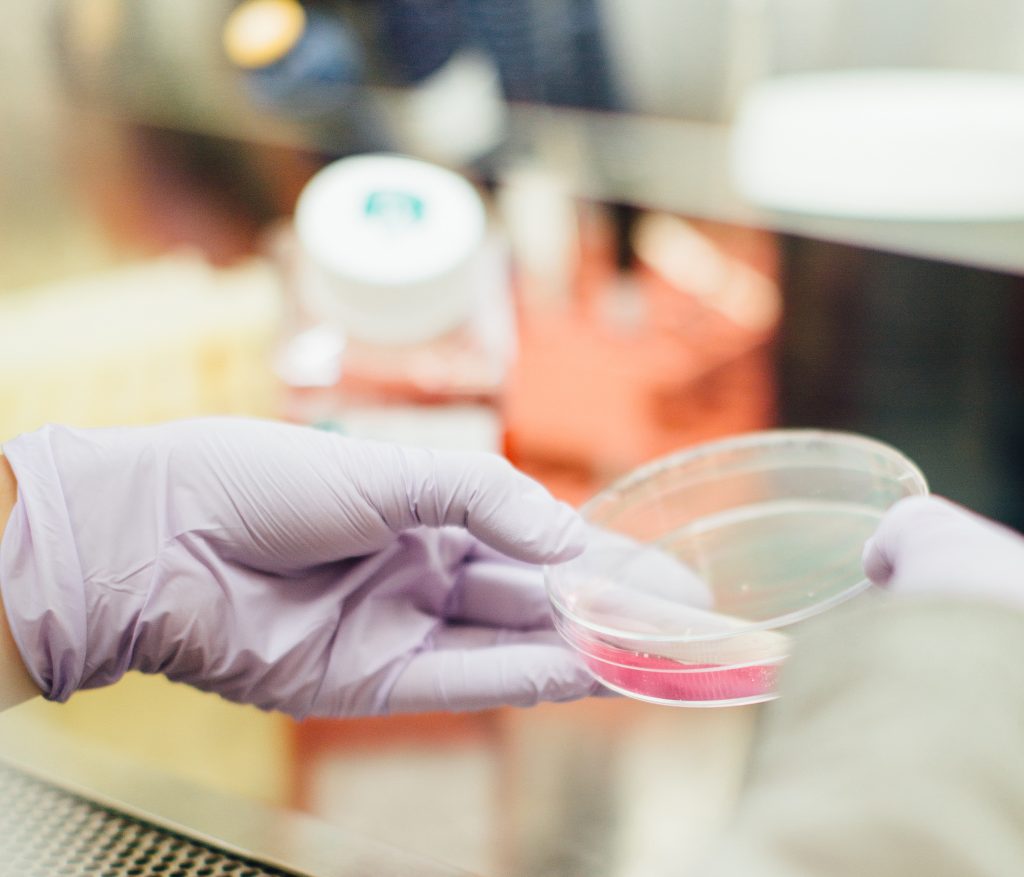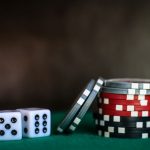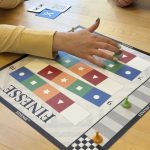Random drug test during the 2018 World Bridge Series in Orlando, Florida discovered banned substances in Norweigan Geir Helgemo’s system.
World’s Number One bridge player stripped of medal.

World’s Number One bridge player stripped of medal.
March 5, 2019 – The bridge world was shocked earlier this month to hear top bridge player, Norwegian-born Geir Helgemo, has been stripped of his 2018 World Championship titles, medals and points by the World Bridge Federation and banned from the game until November, 2019 with immediate effect. This after a random drug test during the 2018 World Bridge Series in Orlando, Florida discovered banned substances in Helgemo’s system.
The World Bridge Federation (WBF) is recognised by the International Olympic Committee and as such abides by World Anti-Doping Agency rules.
There are many players who take banned substances for therapeutic reasons – but these people must submit proper documentation (called therapeutic exception) which warrants their use. Helgemo was banned for the use of synthetic testosterone and Clomifene a hormonal medication given to increase testosterone in men (or sometimes fertility in women). Testosterone is not traditionally the kind of thing you would take to make you play better bridge – and if he was taking it for any other reason, it’s likely that his Therapeutic Use Exception papers had not been filed to explain these substances.
Random drug testing for bridge players at world championships was introduced in January 2000 as part of the WBF campaign for bridge to become an Olympic sport. One of the earliest public casualties of the introduction of random drug testing was Disa Eythorsdottir, a member of the USA Team in the World Open Championships in 2002, who was stripped of a silver medal for refusing to take a drug test.
In 2015, The Daily Telegraph reported that 3.6% of bridge players were caught with prohibited substances in their body, along with 1.1% of billiards players and 10.6% of anglers.
An extract of the World Bridge Federation ruling notes that Helgemo’s teammates would also be stripped of their World Championship Title but would keep their medals, awards and masterpoints.
The Norwegian Bridge Federation issued a statement saying the substances Helgemo tested positive for were “not performance-enhancing” and suggested that many substances on the WADA list “do not have any performance-enhancing effect in bridge.”
“It can therefore seem a little strange that bridge players must follow the same rules as practitioners in more physical exercises,” reads the statement. “The bridge organizations should work to get a regulation that is adapted to our sport.”
The American Contract Bridge League posted a statement in their News Feed that reads: The ACBL is not a participant in WADA and does not have a doping policy. Because Helgemo’s situation does not constitute an ethical violation under the ACBL Code of Disciplinary Regulations (CDR 2.2.3), he is welcome to play in any and all ACBL-sanctioned events for which he is eligible.
As of today’s date, the story has been picked up by most major news outlets and magazines including Forbes, The Guardian, and USA Today. Many readers first saw this story on Reddit where Bridge Winners contributor Raphael Hallerman pointed out on March 1, the story had 23,000 upvotes and well over 1,000 comments. Reddit is the 3rd most visited site in the U.S., and 6th worldwide.
Geir Helgemo is currently ranked #1 on the World Bridge Federation’s top Masterpoint Holders.
The World Bridge Federation’s Anti-Doping details.
If you happen to use any of the banned substances on the list of anti-doping substances for a reason, you’ll find the list of very important Therapeutic Use Exception forms here.
The rules and regulations for the World Bridge Federation’s anti-doping rules can be found at this link here.
And then, the official 2018 player guidelines for players can also be found at the World Bridge Federation at this link here.
The actual and official list of banned substances can be found hosted here thanks to the World Anti-Doping Agency.
Their list of banned substances includes:
- Anabolic Agents (S1)
- Peptide Hormones, Growth Factors, Related Substances and Mimetics (S2)
- Beta-2 Agonists (S3)
- Hormone and Metabolic Modulators (S4)
- Diuretics and Masking Agents (S5)
In addition to substances, there are also some actions considered prohibited. These are:
- Manipulation of Blood and Blood Components (M1)
- Chemical and Physical Manipulation (M2)
- Gene Doping (M3)
Prohibited substances lists (S6) Stimulants; (S7) Narcotics; (S8) Cannabinoids; and (S9) Glucocorticoids.
Update 2025
Following his suspension, Helgemo resumed competitive play. He represented Norway in the 2022 Bermuda Bowl held in Salsomaggiore, Italy, where his team secured third place. In the 2023 Bermuda Bowl in Marrakech, Morocco, Helgemo’s team achieved second place.
As of February 2025, there are no reports of further disciplinary actions against Helgemo. He continues to participate in international bridge competitions.








